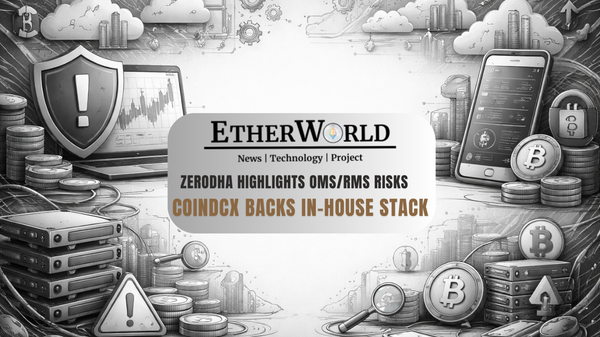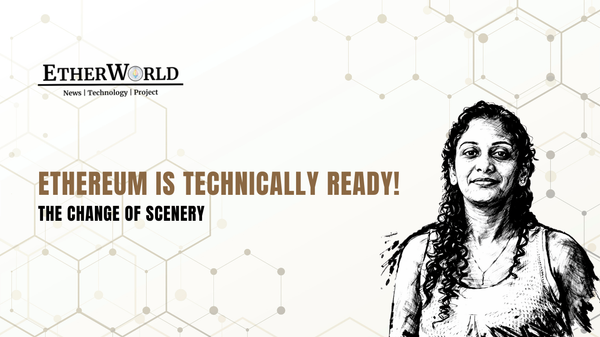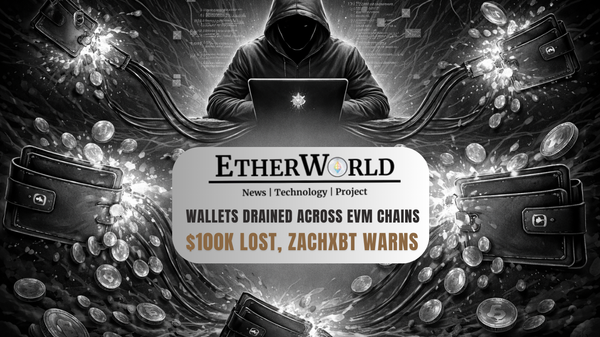What is Finality in Blockchain?
Let’s start with the basics: finality in the context of blockchain. Think of finality like a digital stamp of approval. When you send a transaction—say, transferring some cryptocurrency—it gets recorded on the blockchain. But until it reaches a point of finality, there’s always a risk it could be changed or reversed, like if you accidentally sent money to the wrong person. Finality ensures that once a transaction is confirmed, it’s set in stone.
In blockchain networks, achieving finality is essential for trust and security. Users need to know that once their transactions are validated, they can consider them complete without worrying about any unexpected changes.
Single-Slot Finality
In many blockchain systems, Single-Slot Finality has been the standard way to achieve this security. Here’s how it works:
Proposal Phase: A new block of transactions is proposed to the network.
Voting: Validators—those responsible for confirming transactions—cast their votes. If more than two-thirds (approximately 66%) agree on the block, it is considered finalized.
While this system is straightforward, it has its flaws. Imagine a situation where a network experiences a sudden split, causing two different versions of the blockchain to emerge. If the validators are not in sync, it’s possible for conflicting transactions to be confirmed, leading to what’s called a fork. In the worst-case scenario, this could result in double-spending or the loss of funds.
What is 3-Slot Finality
Now, let's introduce 3-Slot Finality—a more robust approach designed to address the vulnerabilities of Single-Slot Finality. Here’s how 3-Slot Finality operates:
First Proposal: Just like in Single-Slot Finality, a new block of transactions is proposed.
First Round of Voting: Validators vote on the block. If it receives more than 66% approval, it gets a tentative confirmation, akin to saying, “This song sounds good so far.”
Second Round of Voting: The same block is put up for a second vote. If it continues to receive majority support, it’s tentatively confirmed a second time. Now it’s more like, “Okay, we’re definitely leaning towards adding this song.”
Final Round of Voting: Finally, a third vote is held. If the block secures the necessary majority again, it is officially finalized. At this point, everyone agrees, “This song is now part of the playlist!”
Why 3-Slot Finality is Better
Now that we understand how 3-Slot Finality works, let’s dive into the reasons why this method is preferable to Single-Slot Finality:
Enhanced Security: The multiple rounds of voting significantly increase the difficulty for malicious actors to alter the block. If someone wanted to take control and manipulate the network, they would need to disrupt the voting process across all three rounds, which requires a much larger share of the network's power.
Reduction of Forks: Forks happen when two separate chains exist because validators disagree on the state of the network. The three rounds of voting help minimize the chances of forks by ensuring that all validators have ample opportunity to align on the proposed block. It’s like everyone in the group getting multiple chances to voice their opinion and agree on the final decision.
Handling Network Delays: In a decentralized network, not all validators are always online or able to respond immediately.3-Slot Finality allows for some flexibility. If a validator misses the first round, they still have two more opportunities to participate in the voting process, helping to maintain network consensus even during delays.
Improved Validator Cooperation: The nature of 3-Slot Finality fosters better communication and collaboration among validators. They must engage with each other throughout the voting process, leading to more thoughtful and collective decision-making, which strengthens the overall network.
Future Scalability: As blockchain technology evolves, networks face increased demand for processing transactions. 3-Slot Finality is designed to scale efficiently, accommodating more users and higher transaction volumes without sacrificing security or reliability. This makes it a future-proof solution for the growing blockchain ecosystem.
Real-World Applications
Several blockchain projects are already considering or implementing 3-Slot Finality due to its advantages. For instance, networks that prioritize security and reliability, such as those focused on decentralized finance (DeFi) or governance, may benefit greatly from this multi-slot approach.
Imagine a DeFi platform that uses 3-Slot Finality for its transactions. Users would feel more confident participating, knowing that their transactions are not only validated but also secured through multiple layers of agreement. This could lead to higher adoption rates and a more vibrant ecosystem.
Future of 3-Slot Finality
As blockchain technology continues to mature, finding innovative solutions to enhance security and efficiency becomes increasingly vital. 3-Slot Finality represents a significant leap forward in how blockchains achieve transaction confirmation. By adopting this model, blockchain networks can enhance their resilience, reduce the risk of forks, and ensure a smoother experience for users.
So, the next time you think about how your transactions are secured on a blockchain, remember that advancements like 3-Slot Finality are working diligently behind the scenes to keep everything running smoothly and securely. The future of blockchain looks promising, and with innovative approaches like this, we can look forward to even greater trust and security in the decentralized world.
Related Posts
- Non-finality, inactivity leak but Ethereum didn't stop!
- Blockchain beginner's guide
- What is Validator?
- What is a Blockchain Fork?
- Centralized Ethereum? Vitalik’s Plan May Surprise You!
Disclaimer: The information contained in this website is for general informational purposes only. The content provided on this website, including articles, blog posts, opinions, and analysis related to blockchain technology and cryptocurrencies, is not intended as financial or investment advice. The website and its content should not be relied upon for making financial decisions. Read full disclaimer and privacy Policy.
For Press Releases, project updates and guest posts publishing with us, email to contact@etherworld.co.
Subscribe to EtherWorld YouTube channel for ELI5 content.
Share if you like the content. Donate at avarch.eth
You've something to share with the blockchain community, join us on Discord!








